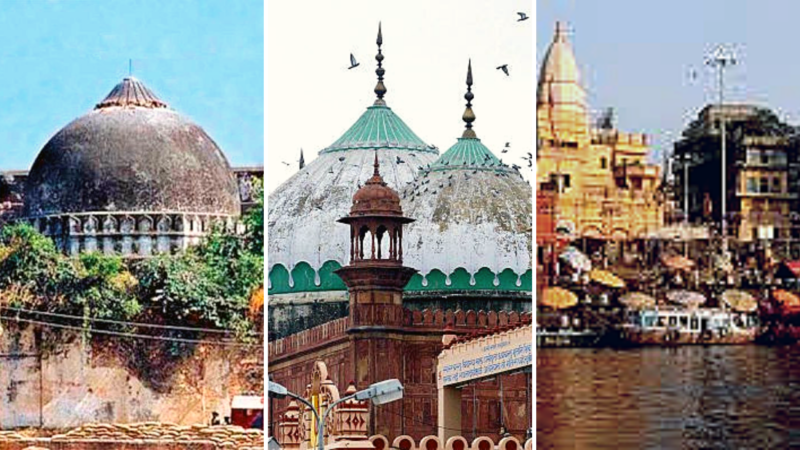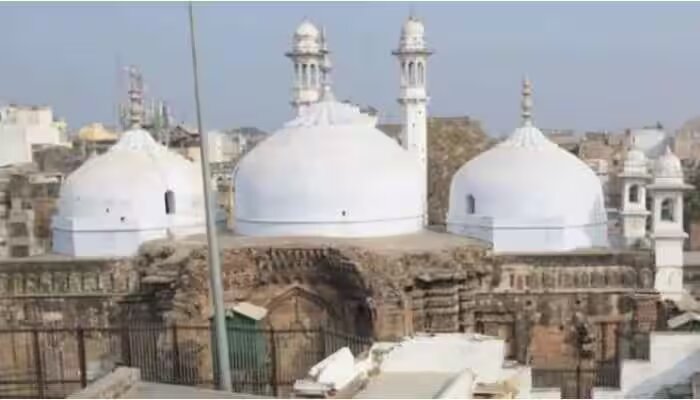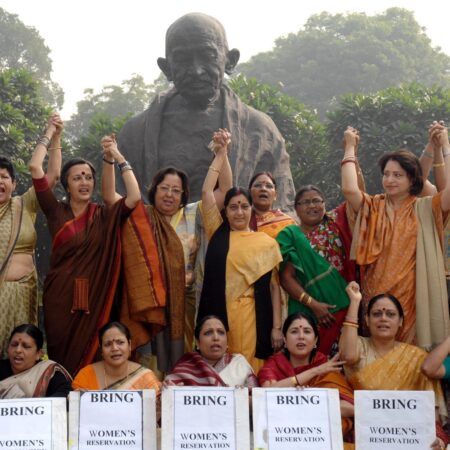Religious sites are not just places of worship; they often hold significant historical and cultural value, serving as symbols of the collective heritage of a community. These sites, however, can also become centers of contention when historical claims intersect with faith-based beliefs. The ongoing Gyanvapi mosque survey in Varanasi highlights the delicate balance required to respect the scientific investigation seeking the truth and the deeply rooted faith-based claims made by various religious communities. This article delves into the complexities of balancing science and faith at religious heritage sites and explores the significance of fostering harmony amidst such contentious situations.
Historical Significance of Gyanvapi Mosque
The Gyanvapi mosque in Varanasi holds immense historical significance as one of the oldest religious sites in the city. The mosque has been a place of worship for generations of Muslims and Hindus alike, creating a unique blend of traditions and beliefs. However, it is also at the center of a long-standing dispute, with some Hindu litigants claiming that the mosque was constructed on the ruins of an ancient Hindu temple.
The Claims and Controversies
The claims made by the Hindu litigants have sparked heated debates and protests. They argue that the site was once home to a revered Hindu temple, which was allegedly destroyed to build the mosque. On the other hand, the mosque management committee vehemently denies these allegations, asserting that the mosque was constructed on an empty plot of land and holds religious significance in its own right.
The Role of Scientific Investigations
In an attempt to resolve the dispute and uncover the truth, the court ordered a scientific survey of the Gyanvapi mosque. Such investigations play a critical role in determining the historical authenticity of religious heritage sites. Techniques like carbon dating and archaeological exploration can provide valuable insights into the site’s past and help establish its origin.
The challenge lies in ensuring that the scientific investigation remains impartial and unbiased, free from any external influence or prejudice. Striking this balance is crucial to maintain the credibility of the findings and foster a sense of trust among all parties involved.

Balancing Faith-Based Claims
One of the most challenging aspects of conducting scientific investigations at religious sites is navigating the deeply entrenched faith-based beliefs of the communities involved. For many, these sites hold immense spiritual and emotional significance, forming an integral part of their identity and cultural heritage.
When science clashes with faith, tensions can escalate, leading to polarized views and discord among communities. As seen in the Gyanvapi mosque survey, the mosque management committee decided to boycott the investigation altogether, reflecting the immense challenge of reconciling faith and scientific inquiry.
Legal and Judicial Aspects
The legal and judicial landscape also plays a pivotal role in such disputes. The court’s involvement in ordering the scientific survey is a significant step toward seeking an evidence-based resolution. However, the court must navigate the complex terrain of religious freedom and cultural sensitivity while making decisions.
The implications of the court’s orders and the potential outcomes of the survey’s findings can have far-reaching consequences on communal harmony and religious relations. Therefore, it is crucial for the legal system to tread carefully and transparently to build trust among all stakeholders.
Preserving Cultural and Religious Heritage
Preserving cultural and religious heritage is not just about protecting physical structures but also safeguarding the intangible values and beliefs associated with these sites. Sensitivity towards the sentiments of different religious communities becomes essential in maintaining a harmonious environment.
Rather than undermining faith-based claims, scientific investigations can contribute to a deeper understanding of the site’s history, facilitating a more comprehensive appreciation of its cultural heritage. Transparency in the research process can help dispel misconceptions and dispense any doubts surrounding the investigation’s integrity.
Learning from Past Cases (Ayodhya and Mathura)
The experiences from past cases, such as the Ayodhya and Mathura disputes, offer valuable insights into handling religious heritage site conflicts. The Ayodhya dispute, in particular, serves as a cautionary tale, as decades of legal battles and communal tensions finally culminated in the Supreme Court’s verdict, allowing the construction of a Ram temple on the disputed site.

While the Ayodhya verdict led to relative peace, it also underscores the need for early intervention, open dialogue, and alternative dispute-resolution mechanisms. Applying these lessons to the Gyanvapi mosque survey can aid in fostering an atmosphere of mutual respect and understanding among the involved parties.
Impact on Communal Harmony
The survey’s outcomes and subsequent legal decisions potentially impact communal harmony in Varanasi and beyond. Heightened emotions and divergent beliefs can lead to discord and violence if not handled with care.
To prevent such outcomes, community leaders, religious authorities, and civil society must promote dialogue, empathy, and respect for differing viewpoints. Encouraging discussions that emphasize common historical and cultural roots can help build bridges between communities and pave the way for peaceful coexistence.
Balancing science and faith at religious heritage sites is a delicate undertaking that demands sensitivity, impartiality, and respect for diverse beliefs. The Gyanvapi mosque survey in Varanasi highlights the complexities of navigating historical claims and faith-based sentiments. In such instances, the harmony of heritage can be achieved by upholding the integrity of scientific investigations while acknowledging the deep emotional and cultural significance of these sites to various communities. By fostering open dialogue and promoting mutual respect, we can aim for a harmonious coexistence that preserves our shared historical and religious legacy for generations to come.













